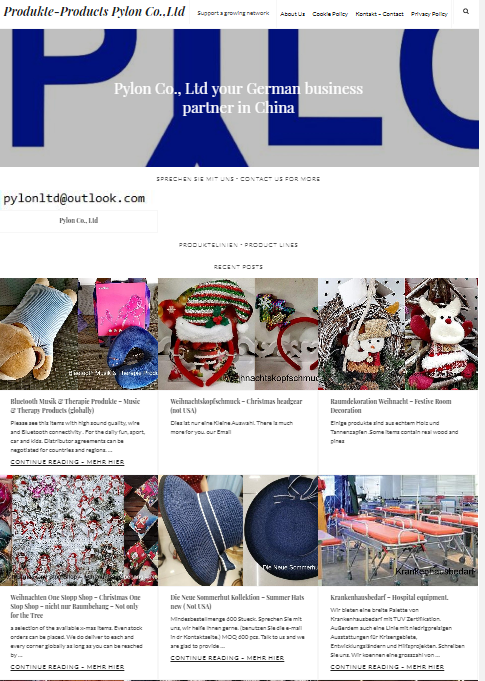Baoguo Temple launches Maritime Silk Road Culture Research Camp
- Details
- Category: Ningbo District
- Published: Monday, 19 August 2019 17:00
"2019 Baoguo Temple Ancient Architecture Museum Maritime Culture Training Camp" was launched at Baoji Temple on August 13th. The research team, composed of experts from Heritage Application Office of Ningbo Maritime Silk Road, Ningbo Cultural Volunteers and outstanding students from universities, will experience an ingenious journey to pursue Chinese traditional culture.
The study tour lasts for 4 days,closely related to the theme of “Maritime Silk Road Cultural Heritage”. The tour starts from Baoguo Temple, and covers Shanglinhu Yueyao Porcelain Kiln Site, Yongfengku Site, Longquan Porcelain Kiln Site and other World Cultural Heritage Application Sites of Maritime Silk Road. The tour will enable students to know more about maritime silk road culture through field study visits, expert explanations, and
interactive experiences.
Ningbo is one of the three major seaport cities in ancient times and is the “living fossil” of the Maritime Silk Road. The Maritime Silk Road is the road of economics and the road of cultural communication. Understanding Ningbo Maritime Silk Road Culture is to understand Ningbo's history and culture and to feel the historical and cultural heritage of Ningbo. Baoguo Temple, as one of the sacred points of the Maritime Silk Road and the Chinese historical site, is a rare legacy of Song Dynasty in the south of the Yangtze River in China. It has witnessed the history of the traditional Chinese wooden architecture and the spread of the Silk Road along the coast of East Asia. Baoguo Temple Ancient Architecture Museum invited experts from Ningbo Heritage Application Office of Maritime Silk Road to join the Maritime Culture Research Camp, aiming to let students understand the historical and cultural relics of their hometown and strengthen their sense of identity and belonging to local culture.
In recent years, Baoguo Temple has organized research camps many times during the summer, guiding university students to visit Maritime Silk Road heritage and ancient architecture, and constantly explore the historical and cultural heritage and the new path of the era value transmission under the “heritage + education + leisure” mode, which has achieved positive social benefits. The person in charge of the museum said that the wood and stone are speechless, but there is a history behind them. It is hoped that through this kind of study activities, more students will walk out of the modern city to feel the rich history and uniqueness of each place and each piece of cultural relics left to the contemporary people. And they will become a watcher of traditional cultural heritag








